Recently, in Tenhave Woods, located in the city of Royal Oak, I was shown a colony of Indian-pipe (Monotropa uniflora). For over 40 years I have been studying these woods and this is the first time I have seen Indian Pipe there. I believe it is a recent colonizer. This is a nice group of several hundred plants.
I have marked the location of flowering plants in a colony of Indian-pipe near Grayling. The plants seldom appear in the same spot from year to year but new clumps come up several yards [meters] away. Some years the plants do not appear above ground at all.
Because Indian-pipe does not require sunlight to produce its food it can grow in dark places on the forest floor. This flowering plant is often mistaken for a fungus because it lacks green leaves. When you see a cluster of these pure white plants in a shaft of sunlight they appear to glow, granting the plants an ethereal quality. Locally this plant is called Ghost Plant.
Indian-pipe plants are 4 to 6 inches [10 to 15cm] tall with a single hanging flower. Flowers hang downward but straighten up and point skyward after pollination. Soon after the plant is pollinated, it begins to turn black, giving it another common name of Corpse Plant. Dried seed capsules will sometimes persist through the winter.
Lacking chlorophyll, Indian-pipe gets its nutrients by parasitizing different fungi, taking food from but not giving anything to the host fungi. The host fungi attaches to the roots of living trees and takes nourishment from the tree but also gives back nutrients in a saprophytic relationship. This complex relationship between Indian-pipe, fungus, and tree might best be termed symbiotic.
Indian-pipe is currently placed in the Heath Family (Ericaceae) but it has been placed in the Shinleaf or Wintergreen Family (Pyrolaceae) or in the Indian-pipe Family (Monotropaceae). Where it is placed depends on your definition of what a plant family is. Recognizing the broad Heath Family is the best given the latest DNA evidence. You can recognize Pyroloideae as a subfamily of Ericaceae if you wish.
Pinesap (Hypopitys monotropa) is similar to Indian-pipe and at one time was placed in the same genus as Monotropa hypopithys. It is also a leafless flowering plant. It has multiple flowers on a stem and is cream colored or even reddish but never pure white. Its individual flowers are smaller than the flowers of Indian-pipe.
Indian-pipe has a long flowering season. I have seen it in bloom from June through the end of September. Go out and look for it.
Copyright 2015 by Donald Drife
Webpage Michigan Nature Guy
Follow MichiganNatureGuy on Facebook

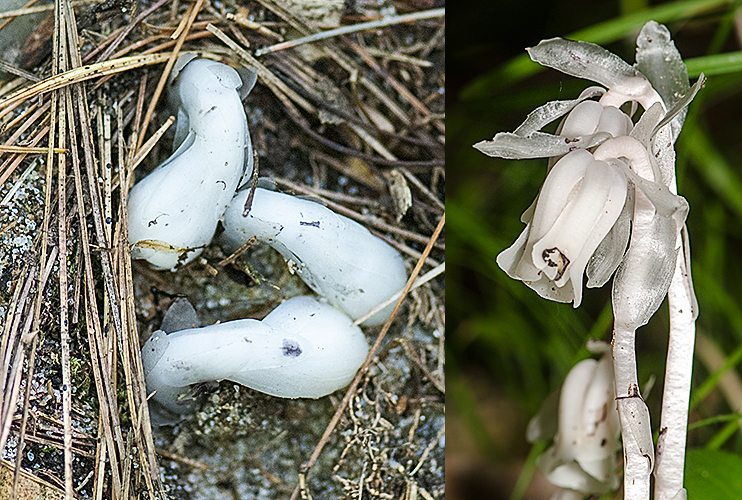
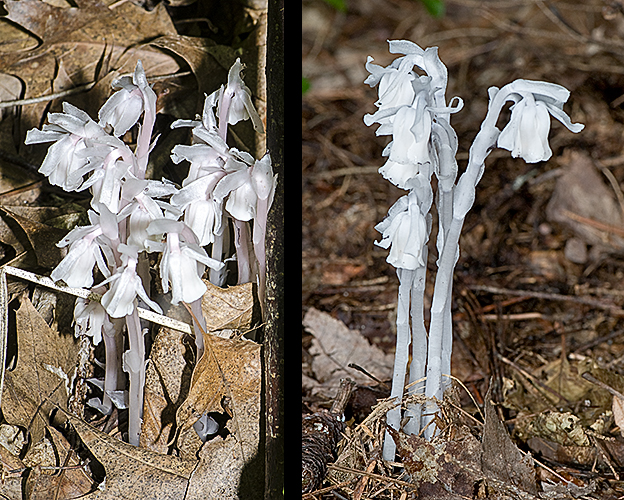
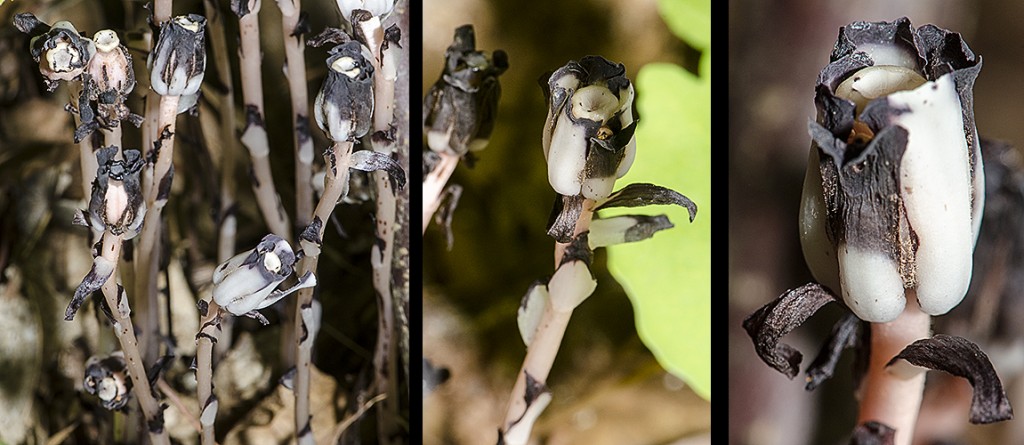
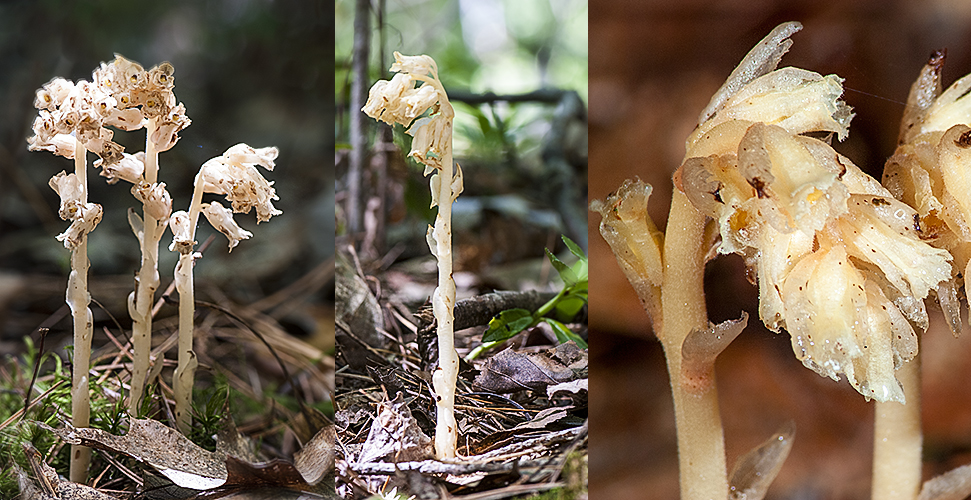
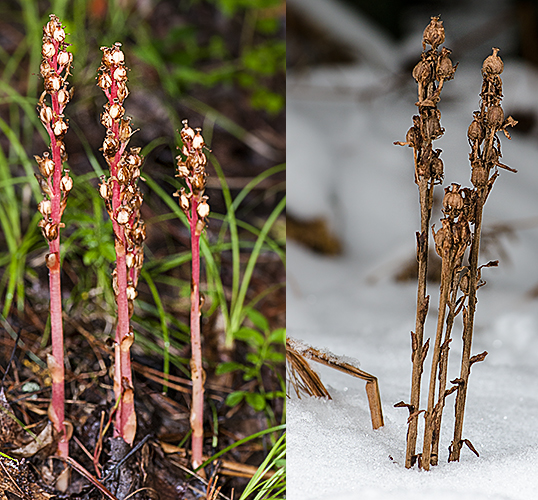
Found Indian Pipe in a woods on the northeast side of Cobert Lake at Edwardsburg, MI. Only found a single flower and it was just beginning to turn black.
Found some on my property also in edwardsburg- rare I think
I would not call it rare. I’ve seen it four places this year alone. But it is always thrilling to find it.
Found them on the Whaleback trail in LELAND
I found a “clump” of this Ghost Plant or Indian Pipe in the woods at the edge of our yard in Cassopolis Michigan, so excited after all of my years identifying wildflowers to see this and delighted it was on our own property. August 20 2017.
Found it in west branch, mi
Found in Sylvan Beach Area, Whitehall, MI. July 4, 2018
I just found them growing in my yard in Otsego, Mi.
Found lots and many large clumps in my woods in Montrose, MI!
We found it growing on our property in Union Township southwest of Traverse City.
I found Indian Pipe on our property in Ruby Creek, MI
Have thousands of them on our dense wooded acreage. Sturgis michigan
Found large patch of this in Grass lake Michigan dated 08-23-23